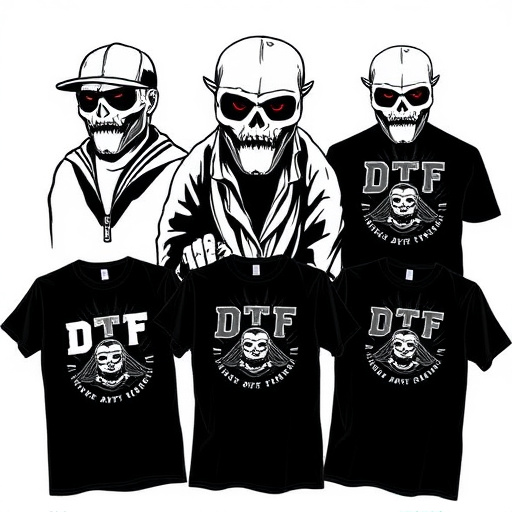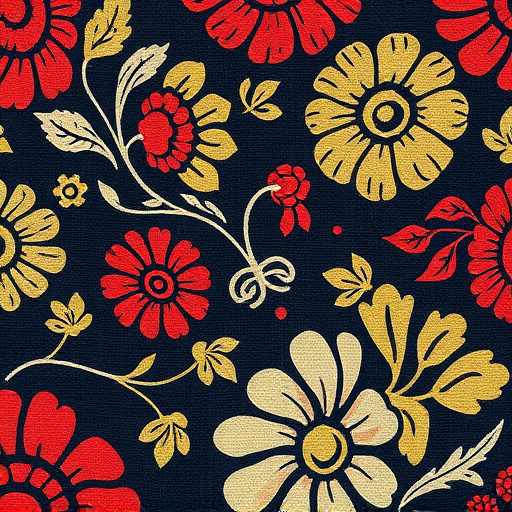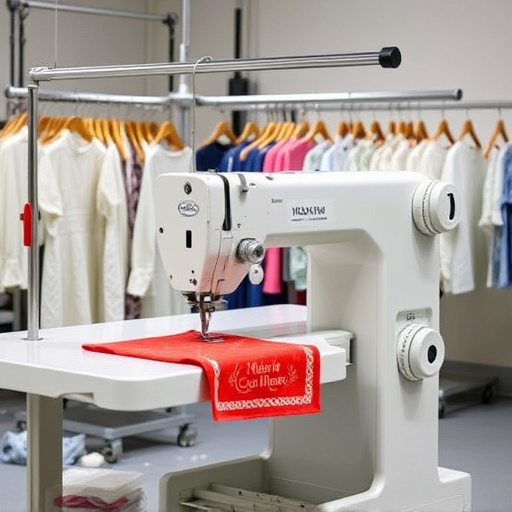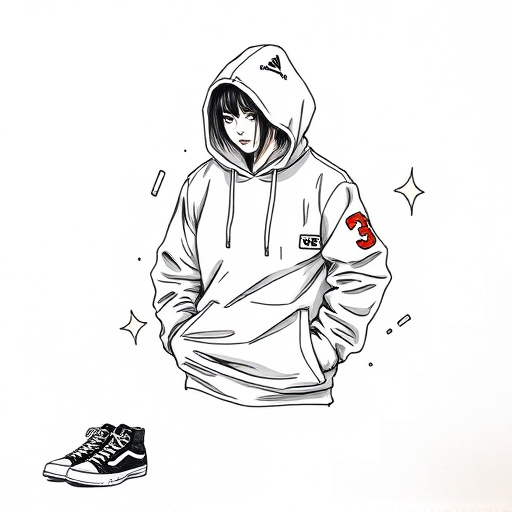Digital Transformation (DTF) is revolutionizing global supply chains by leveraging advanced technologies for improved efficiency and agility. Real-time data exchange, automation, cloud computing, and predictive analytics enhance processes from order placement to delivery, minimize errors, and enable accurate inventory management. DTF Future Trends include sustainable practices like direct-to-film (DTF) printing for apparel, reducing waste and enhancing on-demand production. These innovations foster resilient and adaptable global supply chains, better equipped to navigate uncertainties like geopolitical tensions, climate change, and pandemics.
In an era defined by DTF Future Trends, global supply chains are undergoing a profound metamorphosis. This article explores three key pillars driving this evolution: Digital Transformation, embracing advanced technologies for efficient operations; Sustainable Practices, adopting eco-conscious models as the new industry standard; and Resilient Networks, fostering collaboration to overcome challenges. By delving into these areas, we illuminate how modern supply chains are revolutionizing global commerce, ensuring adaptability and sustainability in an ever-changing landscape.
- Digital Transformation: Unlocking Efficient Supply Chains
- Sustainable Practices: The New Global Standard
- Resilient Networks: Overcoming Challenges Together
Digital Transformation: Unlocking Efficient Supply Chains

Digital Transformation (DTF) is revolutionizing global supply chains by unlocking unprecedented levels of efficiency and agility. Technologies such as automation, data analytics, and cloud computing are streamlining processes from order placement to delivery, reducing lead times and minimizing errors. For instance, dtf printing for hoodies and other apparel items has seen significant advancements, allowing for faster turnaround times without compromising on quality.
This evolution is particularly evident in the way supply chains now leverage real-time data exchange and collaboration platforms to enhance transparency and coordination among various stakeholders. Additionally, DTF enables better inventory management through predictive analytics, ensuring that businesses can meet fluctuating demand accurately. As a result, brands are able to offer more diverse product options, like custom dtf for t-shirts, while maintaining cost-effectiveness across their entire supply chain network. The concept of DTF meaning has thus transformed from a mere technological buzzword into a strategic imperative for modern businesses.
Sustainable Practices: The New Global Standard

In today’s digital era, global supply chains are undergoing a significant transformation driven by DTF Future Trends. One of the most prominent shifts is towards sustainable practices, which have become the new global standard. Consumers are increasingly conscious of environmental issues, demanding eco-friendly products and manufacturing processes. This change is prompting brands to adopt more sustainable approaches, such as using direct to film printers like DTF printing for dark fabrics, to create custom t-shirts with minimal waste.
The adoption of these technologies not only reduces the carbon footprint but also enhances efficiency and cost-effectiveness. DTF printing allows for on-demand production, eliminating the need for large inventory stocks. This shift towards sustainability, coupled with advanced printing techniques, is redefining the landscape of global supply chains, making them more agile, responsible, and aligned with modern consumer expectations.
Resilient Networks: Overcoming Challenges Together
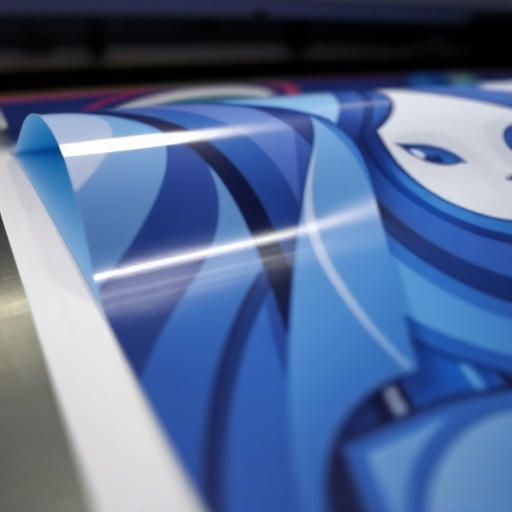
The evolution of global supply chains is marked by an increasing need for resilience and adaptability. In response to growing uncertainties, such as geopolitical tensions, climate change, and pandemics, businesses are turning towards more robust and interconnected networks. DTF (Direct-to-Fabric) printing technologies play a pivotal role in this transformation. By enabling on-demand production and rapid customization, DTF transfer methods enhance supply chain agility. This approach allows manufacturers to swiftly adjust to market demands, minimizing waste and maximizing efficiency.
Resilient networks are built through collaborative efforts among suppliers, manufacturers, and retailers. Embracing DTF printing for light fabrics, for instance, enables just-in-time inventory management and reduces the reliance on large, centralized production hubs. Such innovations foster a more flexible and coordinated supply chain, where challenges are met together, ensuring a smoother flow of goods and services globally. This collaborative mindset, coupled with cutting-edge technologies like DTF printing, is shaping the future of international trade, making it more adaptable and resilient to unforeseen circumstances.
As we peer into the future, it’s clear that global supply chains are on a transformative journey. Driven by trends like digital transformation, sustainable practices, and collaborative resilience, the industry is poised for significant advancements. Embracing these DTF Future Trends will not only enhance efficiency and sustainability but also foster stronger, more adaptable networks worldwide. This evolution ensures a robust and responsive future for global trade.




